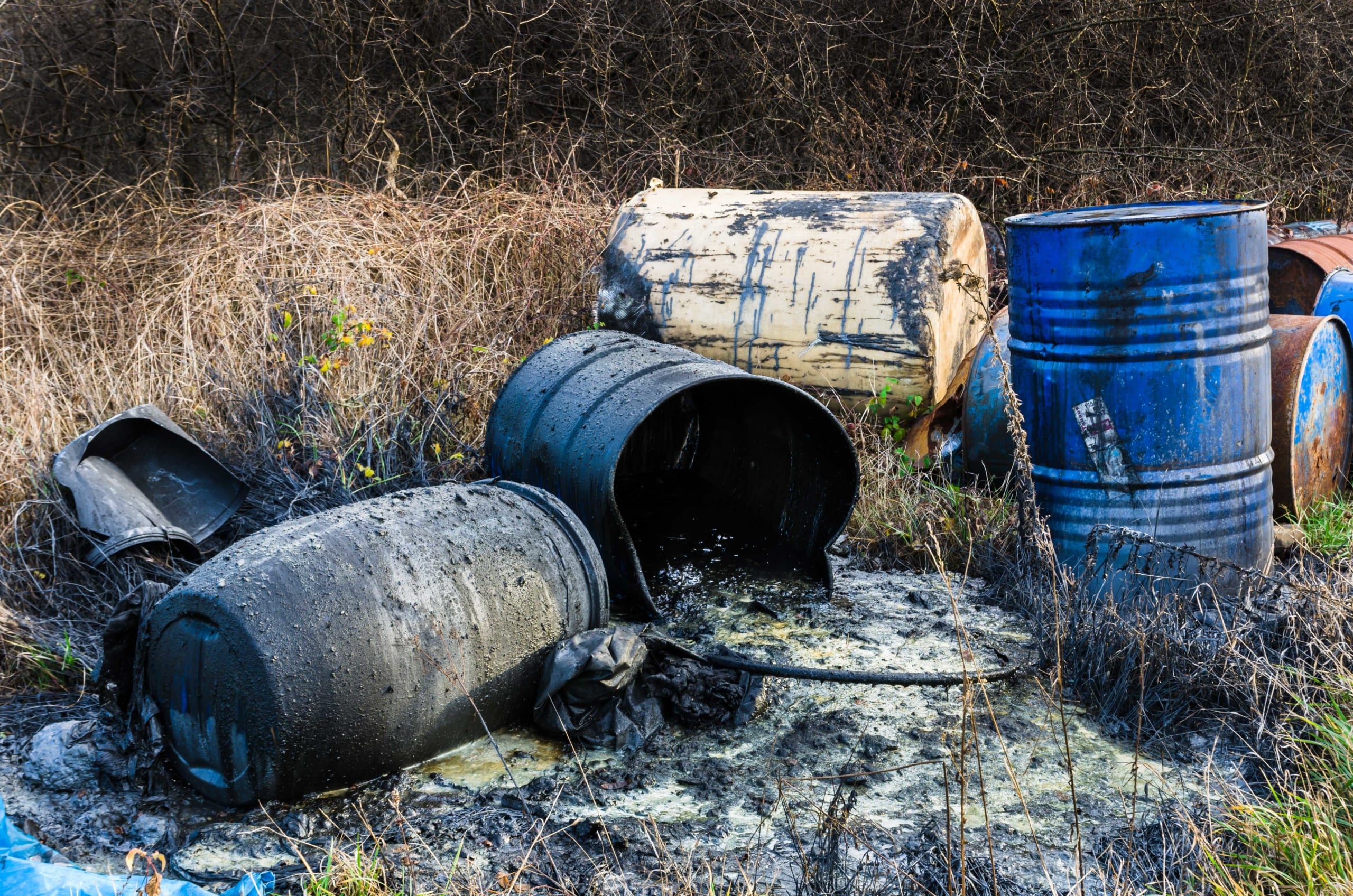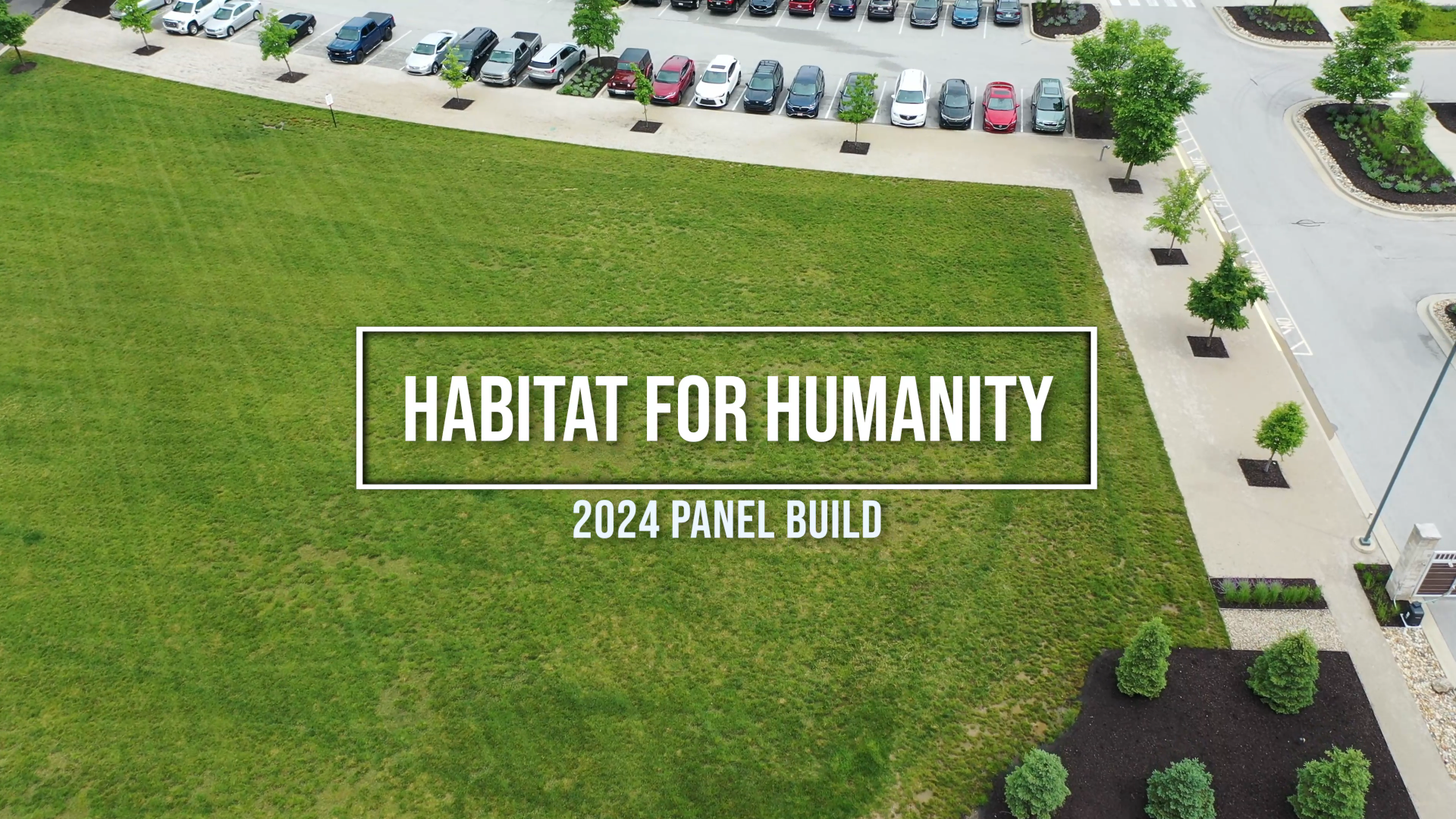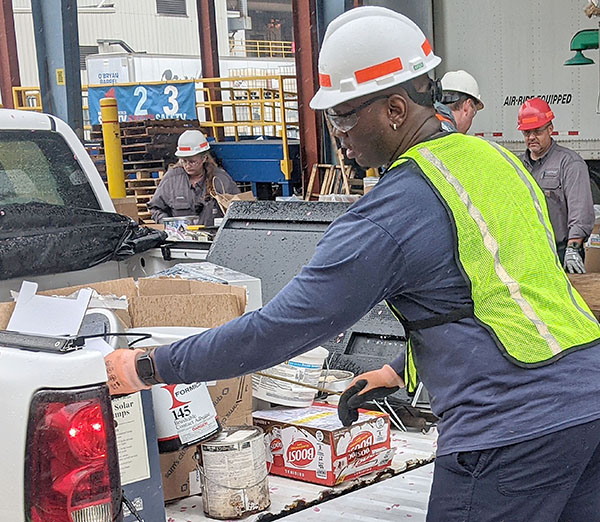
All businesses generate waste, and in some cases, it could simply be wastewater or paper waste. In others, it could also be hazardous and toxic wastes. In all aspects, it is going to cost money to properly manage the wastes a facility creates. So naturally businesses want to minimize their waste to manage costs – and protect the earth from pollution. Doing so may be as simple as implementing two-sided printing or using email rather than printed paper for those small businesses. However, when you operate a large industrial or manufacturing facility, minimizing waste can be more complicated.
How to Prevent Waste
When waste is thrown away, it needs to be handled, treated and disposed of properly. If facilities throw less waste away, these handling, treating and disposal processes can be reduced. Prevention can include:
- Implementing in-process recycling
- Purchasing durable and long-lasting materials
- Conserving water and energy
- Efforts to eliminate raw materials that are not included in the final product
- Reducing packaging materials
- Using non-toxic materials
Why is Pollution Prevention Important?
Pollution prevention helps with the financial costs of waste cleanup and management, along with environmental regulatory compliance costs. If a facility strives toward pollution prevention, it will help the environment by protecting and conserving natural resources. Through pollution prevention and protecting the environment, a facility will strengthen its economic growth and can make its production more efficient.
How to Get Started
For a facility to start making pollution prevention a priority, there needs to be the reminder to start small. When a facility is determining what materials to reduce, try targeting one or two materials and move from there. In this process, start with ideas that may require minimal capital investment and involve all employees in the planning and implementation of these ideas. When starting this process, there need to be steps to follow. Initially there needs to be a determination of what wastes the facility generates. Once those wastes are determined, waste prevention measures then need to be identified. The next step will be to set the facilities priorities and goals. Lastly, the facility will hit the ground running and get started on achieving these goals. Goals are best achieved by getting all facility employees involved, and teaching them the personal and global benefits from participating. Most importantly, the policies and goals should be described to employees in an easy-to-understand way that gives them the control to change how they handle materials.
Learn more about our Hazardous Waste Services.
More News From Heritage
-
6/27/24
Heritage Environmental Services to Acquire EBV from General Dynamics
Heritage Environmental Servicess, an EQT Infrastructure portfolio company, will acquire EBV from General Dynamics
-
6/13/24
Meet The Facilities – East Liverpool
An inside look at our incineration facility located in East Liverpool, OH
-
5/24/24
Habitat for Humanity 2024
Heritage hosted our 14th annual Habitat for Humanity build this month, partnering with over 50 employees from various THG companies.
-
5/6/24
Date set for the household hazardous waste collection in East Liverpool, Ohio
-
3/12/24
Equal Pay Day – Spotlighting Our Female Drivers
-
3/8/24
International Women’s Week Spotlight – Shannon Dippel
For International Women's Week, we're spotlighting some of the incredible women in the Heritage family. Our final spotlight is Shannon Dippel.
-
3/8/24
International Women’s Week Spotlight – Susan Adams
For International Women's Week, we're spotlighting some of the incredible women in the Heritage family. Our sixth spotlight is Susan Adams.
-
3/7/24
International Women’s Week Spotlight – Lea Wilson
For International Women's Week, we're spotlighting some of the incredible women in the Heritage family. Our fifth spotlight is Lea Wilson








